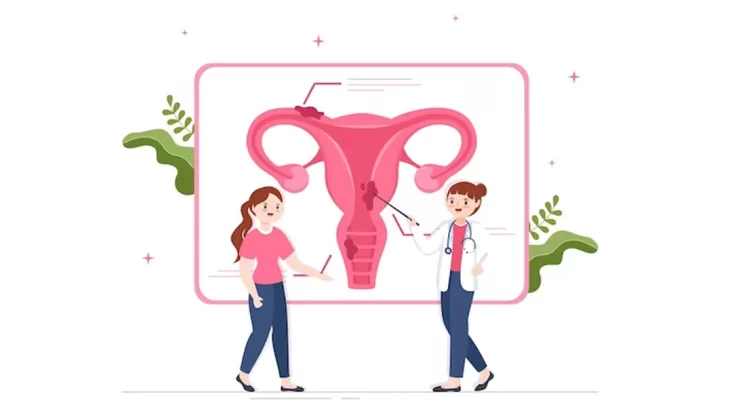Are PCOD and PCOS the same thing? Many women mistake the two and frequently use them interchangeably, particularly when attempting to comprehend the connection between PCOS, PCOD, and pregnancy. Despite the similarities, including being tied to the ovaries and producing hormonal disruptions, these illnesses are actually distinct from one another.
PCOD (Polycystic Ovarian Disease) and PCOS (Polycystic Ovary Syndrome) are related medical conditions that affect the ovaries, but they are not the same. In this blog, let’s examine these two conditions more closely and see how they differ from one another.
Here are the key differences between PCOD and PCOS
- Terminology:
- PCOD: Polycystic Ovarian Disease
- PCOS: Polycystic Ovary Syndrome
- Definition:
- PCOD: PCOD is a broader term used to describe a condition in which a woman has multiple cysts on her ovaries. These cysts can be seen on an ultrasound but may or may not be associated with other symptoms or hormonal imbalances.
- PCOS: PCOS is a specific medical condition characterized by a combination of cysts on the ovaries, irregular or absent menstrual periods, and signs of excess androgen levels (male hormones) in the body. It is also associated with various symptoms and health concerns.
- Hormonal Imbalances:
- PCOD: PCOD may or may not involve hormonal imbalances. Some women with PCOD have normal hormone levels.
- PCOS: PCOS is characterized by hormonal imbalances, including elevated levels of androgens (such as testosterone) and insulin resistance, which can lead to various symptoms like acne, hirsutism (excessive hair growth), and irregular menstrual cycles.
- Menstrual Irregularities:
- PCOD: Irregular or absent menstrual periods can be a feature of PCOD, but not all women with PCOD experience this symptom.
- PCOS: Irregular or absent menstrual periods are a common feature of PCOS.
- Symptoms:
- PCOD: Women with PCOD may have irregular periods, ovarian cysts, and mild symptoms, but they may not necessarily exhibit the full range of PCOS symptoms.
- PCOS: PCOS is associated with a wider range of symptoms, including irregular periods, heavy or prolonged bleeding, acne, hirsutism, hair loss, weight gain, and fertility issues.
- Diagnosis:
- PCOD: Diagnosis of PCOD is primarily based on the presence of ovarian cysts as seen on an ultrasound. It may or may not involve further diagnostic criteria.
- PCOS: Diagnosis of PCOS typically requires the presence of at least two out of three criteria: irregular menstrual cycles, clinical or biochemical signs of hyperandrogenism, and the presence of ovarian cysts. Other conditions that can mimic PCOS must also be ruled out.
- Treatment:
- PCOD: Treatment for PCOD may focus on managing specific symptoms or addressing any underlying hormonal imbalances. Treatment is often tailored to the individual’s needs.
- PCOS: Treatment for PCOS is more comprehensive and may include lifestyle changes, such as diet and exercise, medications to regulate menstrual cycles, manage androgen levels, and improve insulin sensitivity, as well as fertility treatments if needed.
In summary, PCOD is a broader term that refers to the presence of ovarian cysts, whereas PCOS is a specific medical condition characterized by ovarian cysts, hormonal imbalances, and a range of associated symptoms. The differences between PCOD and PCOS are divided by a fine line. Diagnosis and treatment options for these conditions are different, and a healthcare professional can provide a proper evaluation and guidance for each.


2 Comments
Pingback: Differences Between PCOD and PCOS – Sujata Birla Hospital
Pingback: Difference in Diabetes Symptoms between Men and Women | Sujata Birla Hospital